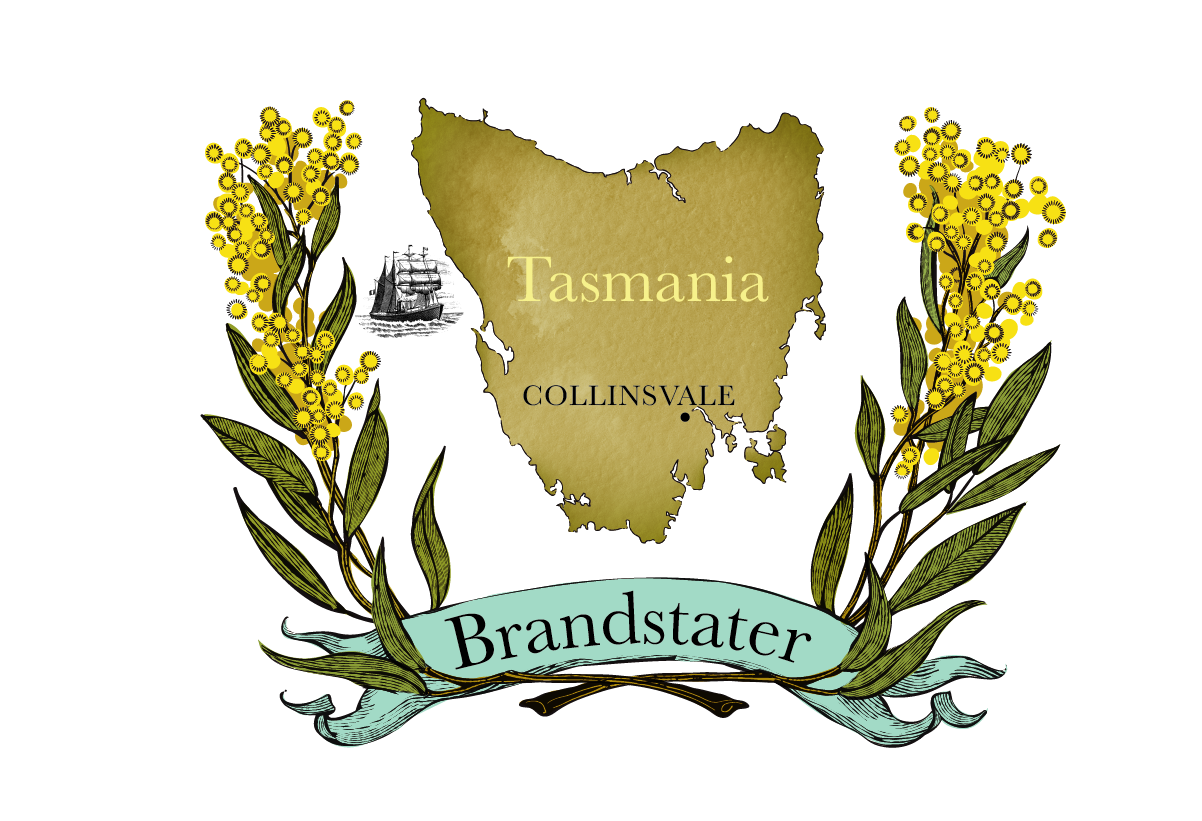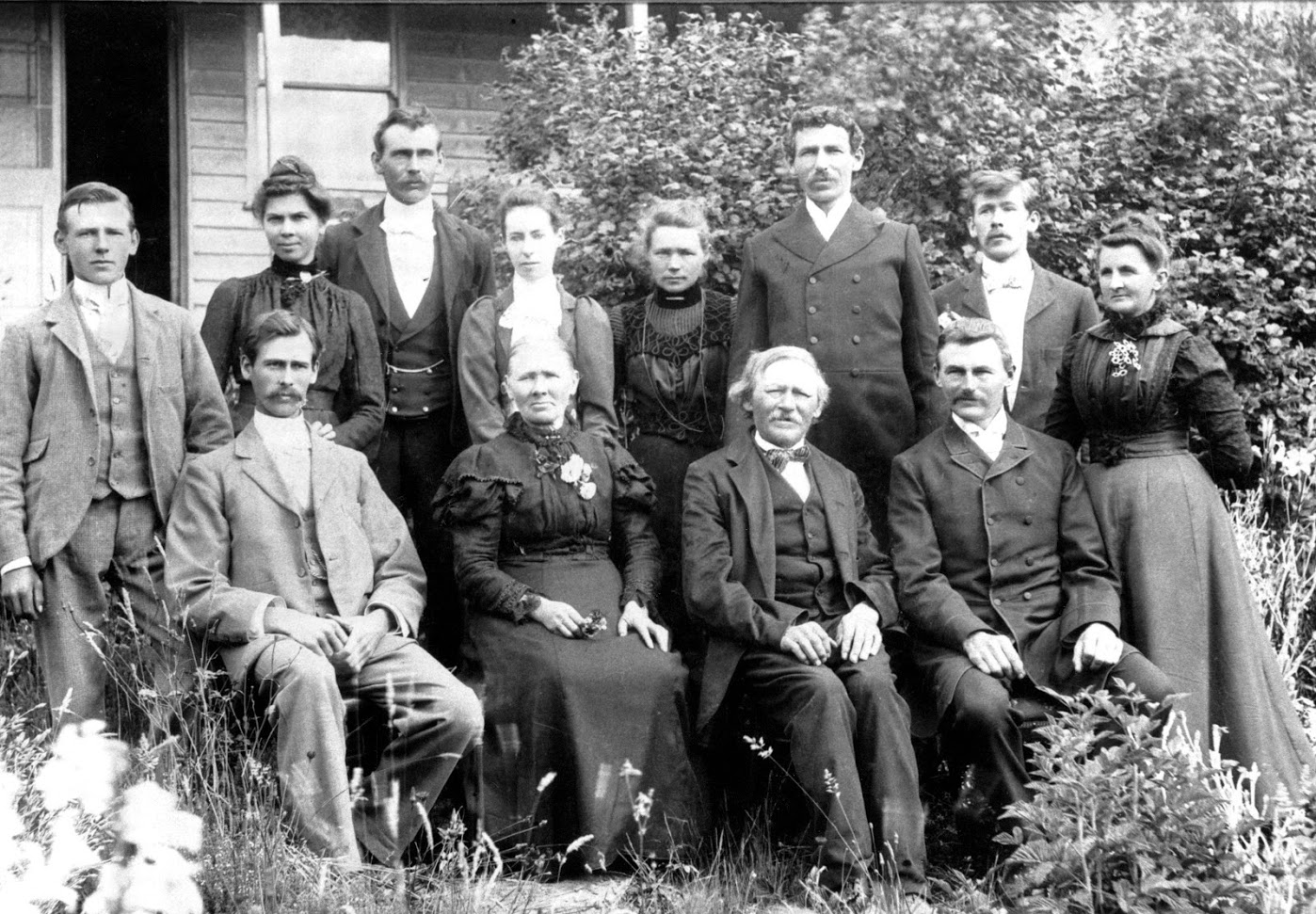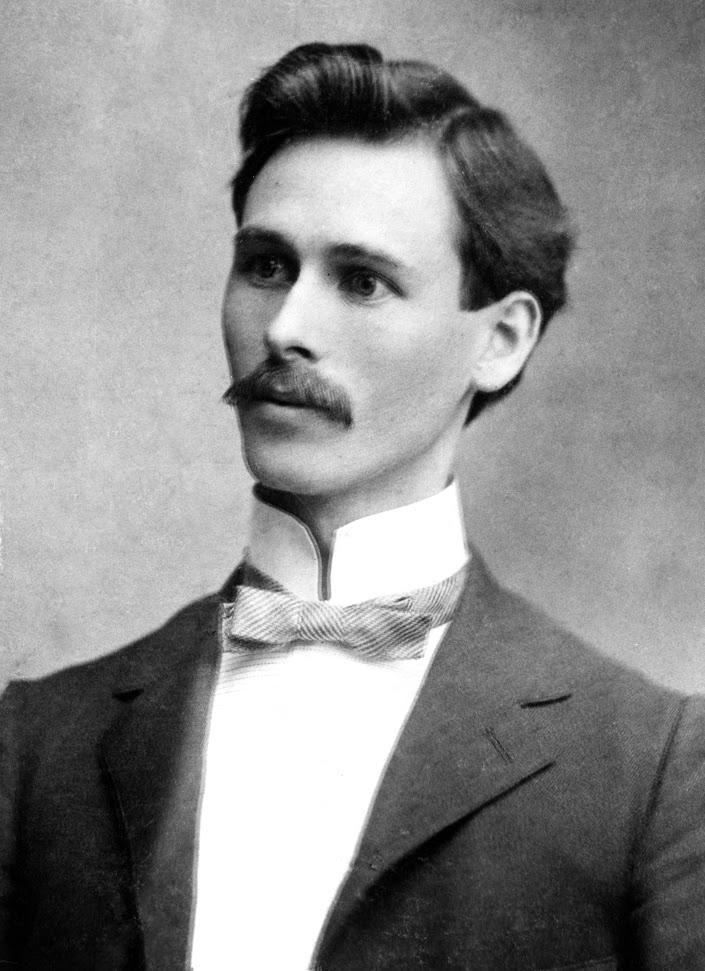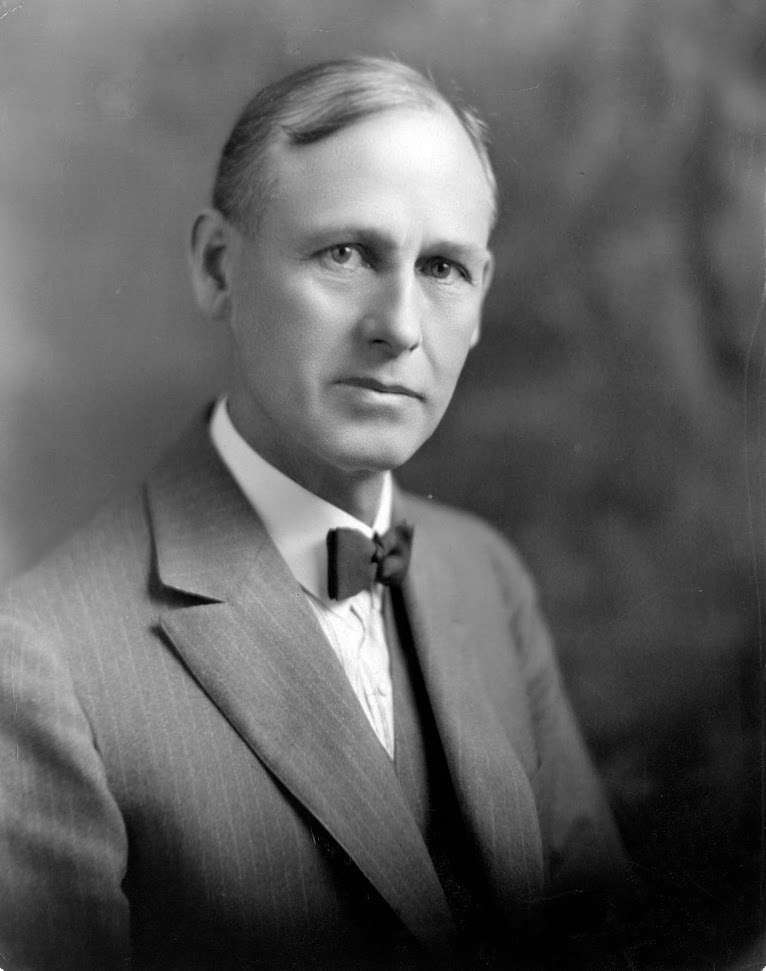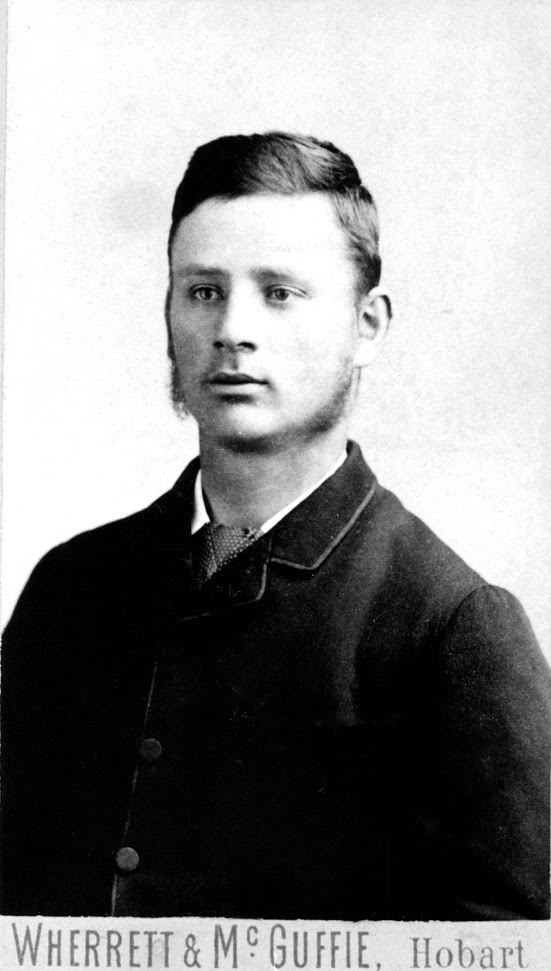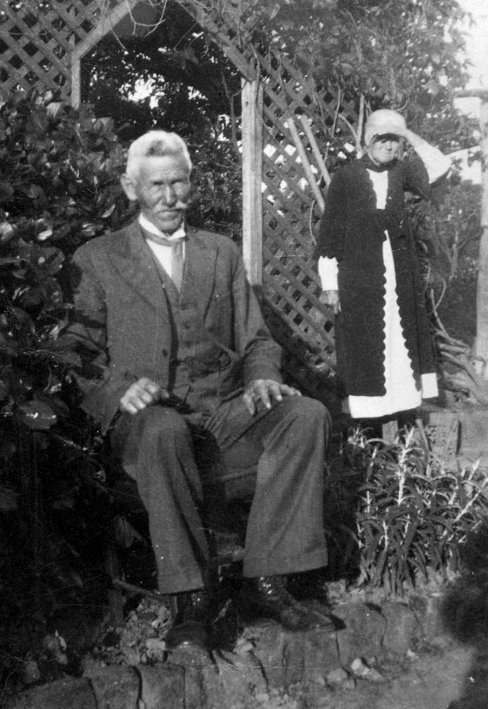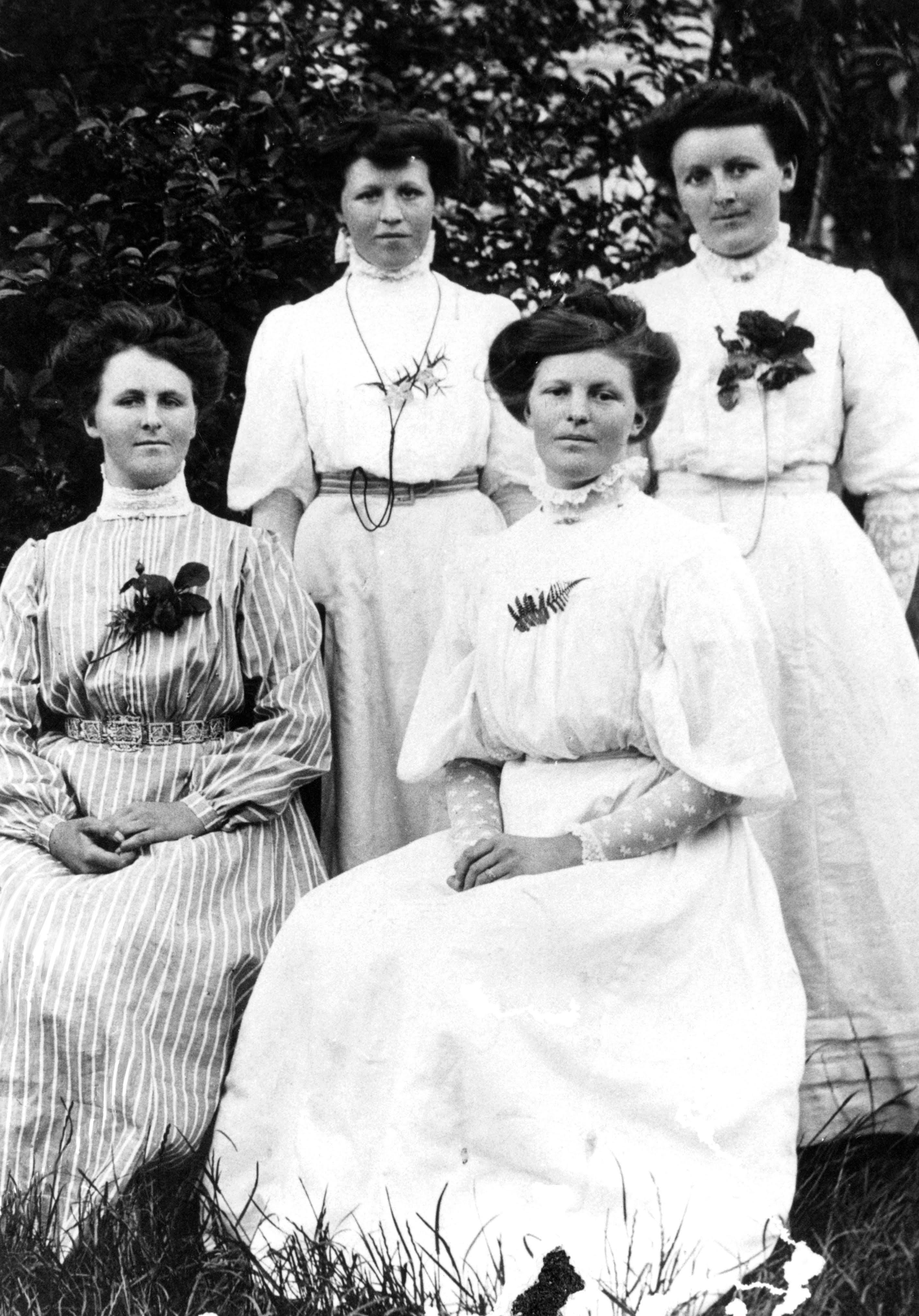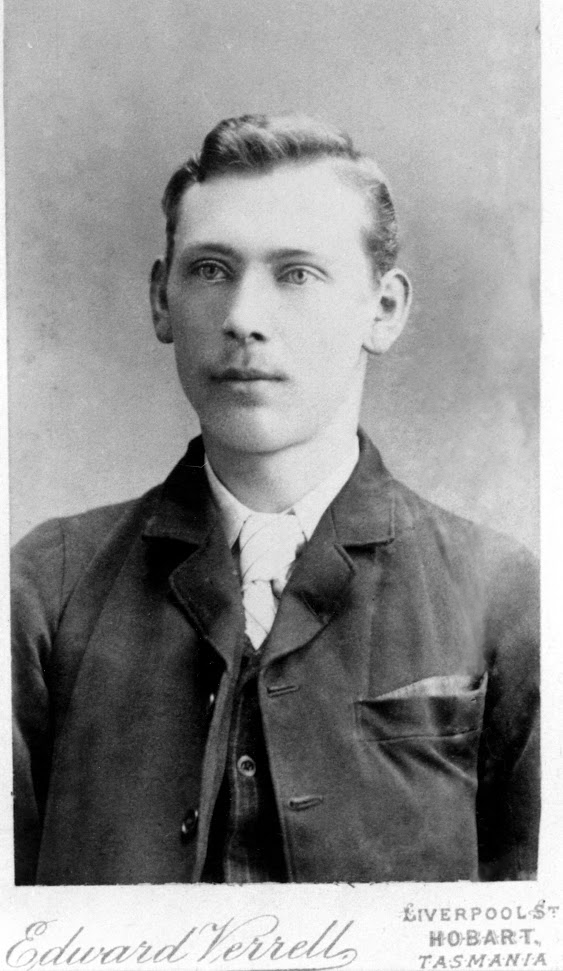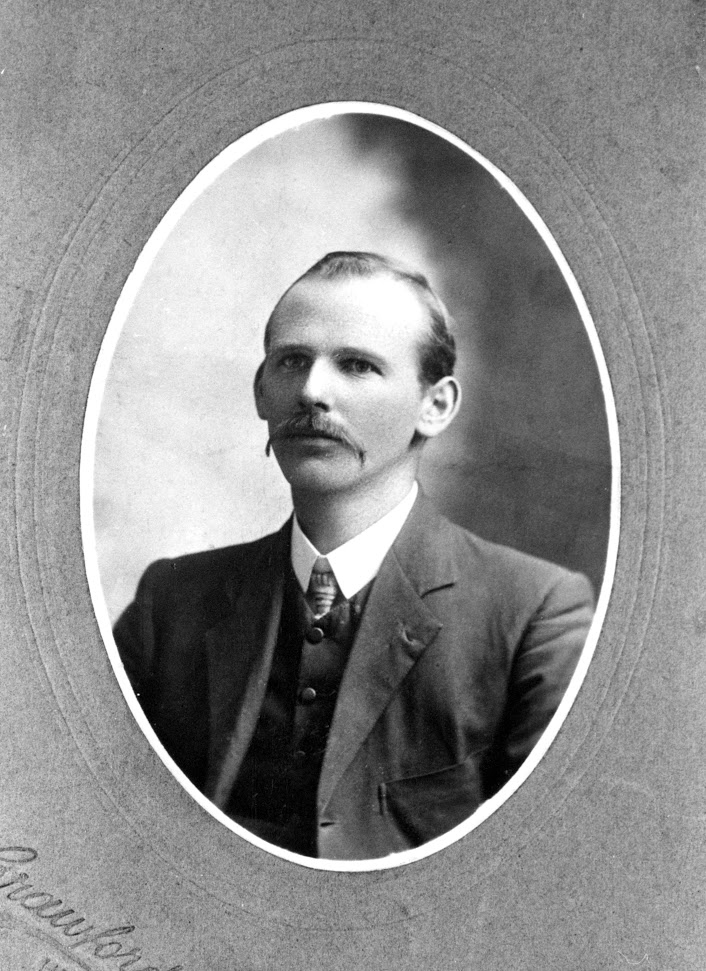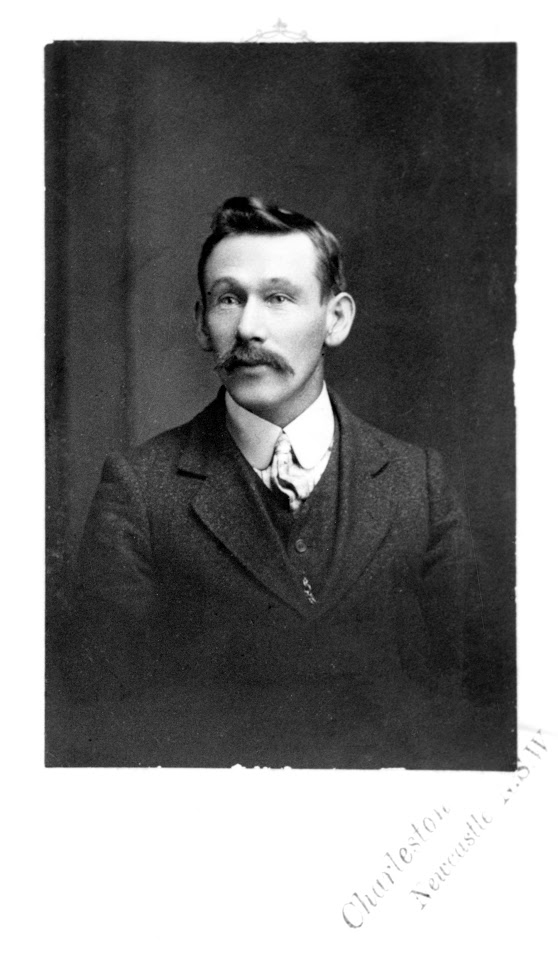Initial settlement in Australia: Collinsvale (Formerly – Sorell Creek, Bismarck)
Collinsville is a small township located in a picturesque valley 12 miles from the city of Hobart, Tasmania. It is 6 miles inland from the north Hobart suburb of Glenorchy, and is completely surrounded by hills and mountains. Access to the valley is via a winding road over Pierce’s Hill, a steep hill that for the early settlers made transportation into and out of their community a difficult challenge.
In the early nineteenth century the area was covered in virgin bush and forests, and there was fresh water flowing in a small creek called Sorell Creek, named after William Sorell, an early governor of the colony. Because the land was cheap a few English immigrant families moved into the valley and began to farm the land. Some Danish and German immigrants arrived in 1871 and settled into the valley, and some more German immigrants followed in 1872. The Brandstater family joined the community several years later after Emanuel had completed working on contract with a landholder in Swansea.
The tall trees throughout the valley had to be cleared to make way for the development of farms and the settlement. Sawmills were set up early in the valley to provide the lumbar to build houses for new arrivals and for other buildings, including a school, two churches and a town hall. Most of their interior furniture was also made from lumbar milled in the local sawmills. Lumbar was also exported out of the valley to Hobart and along with fruit was an important source of revenue for the town. The settlers cleared the trees using hand saws and axes, work that required skill, strength and persistence given the enormous size of some of those trees, as shown in the old photographs. The tree stumps were cleared with gelignite. The settlement consisted of a collection of farms – there was no recognized town, and the area was simply called Sorell Creek.
The land was only moderately fertile and those early settlers, initially without ploughs, had to turn the soil by hand using picks, mattocks, hoes and forks after clearing the trees and bush. However many small fruit farms were eventually established, the main produce being raspberries, gooseberries, currants and loganberries. There were also apple and plum trees and many kinds of vegetable such as potatoes. The valley became quite productive and loads of fruit and other farm products were regularly transported to markets in Glenorchy and Hobart. Most of the houses were built close to Sorell Creek or near a spring because all fresh water used domestically had to be carried from the creek.

By 1881 the settlement had grown sufficiently in size to be proclaimed a town and was given the name Bismarck after Otto Van Bismarck the German Chancellor. There was no store in the town and settlers had to purchase their supplies by traveling 5 miles there and back over Pierce’s Hill to Berriedale where there was a railway station and general store. In 1882 the first post office was established in Bismarck, the mail being brought in regularly by horse-drawn buggy from Berriedale. The mailman then began to bring in supplies with him in his horse-drawn buggy on his daily mail trips to and from Berriedale and he soon established a store in Bismarck along with the post office.
During World War 1 the conflict with Germany led to some resentment in the town about the name Bismarck, and a petition was sent to the Tasmania State government requesting a change in the name from Bismarck. This was opposed by many of the early immigrant settlers, but as was done elsewhere in some other places in Australia, in 1915 the German name was changed, and given the new name Collinsvale, named after Colonel David Collins, who had established the colony of Van Dieman’s Land at Hobart in 1804, and remained governor until 1810. The colony was renamed Tasmania in 1856, and was still receiving convicts from England until 1868. It was during World War 1 that anti-German sentiment became quite strong in Australia, and several members of the Brandstater family shortened their family name to the less German-sounding Branster.
Bushfires in the region were a constant threat, and on several occasions reached the town and destroyed numerous buildings. The schoolhouse that was built in 1876 under contract by Emanuel Brandstater was burnt down in 1900 in one of those fires, along with a sawmill owned and operated by the Brandstater family. The market for raspberries and small fruit gradually declined and over time the fruit farms were changed into small holdings of sheep and cattle. These farms were small and could no longer provide sufficient income to support a family. People began to commute into Hobart to work or simply move away. In a recent census the current population of Collinsvale was 844. Some memories of growing up in Collinsvale have been described in a personal memoir by Roy Brandstater, recorded as an oral history by Maurice Hodgen





